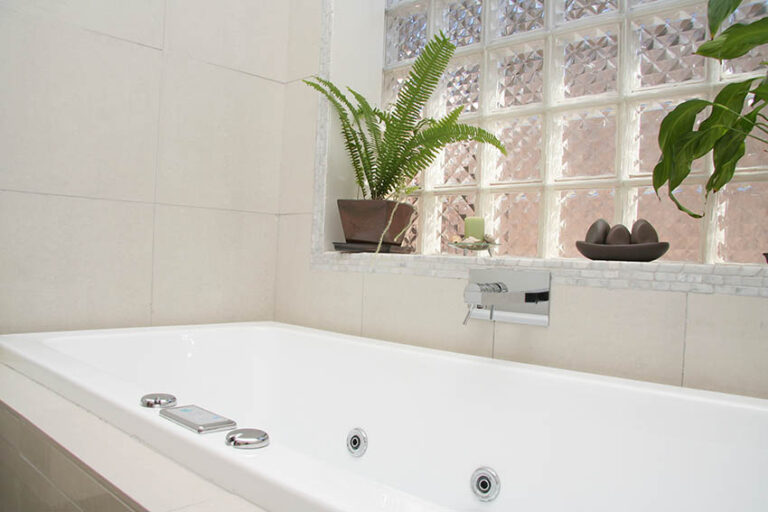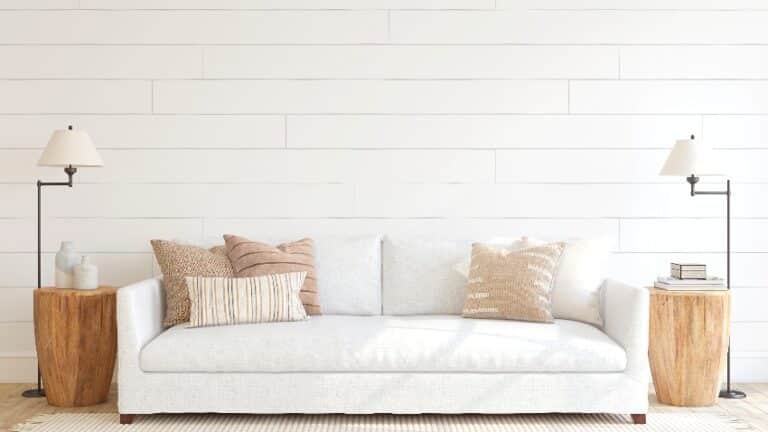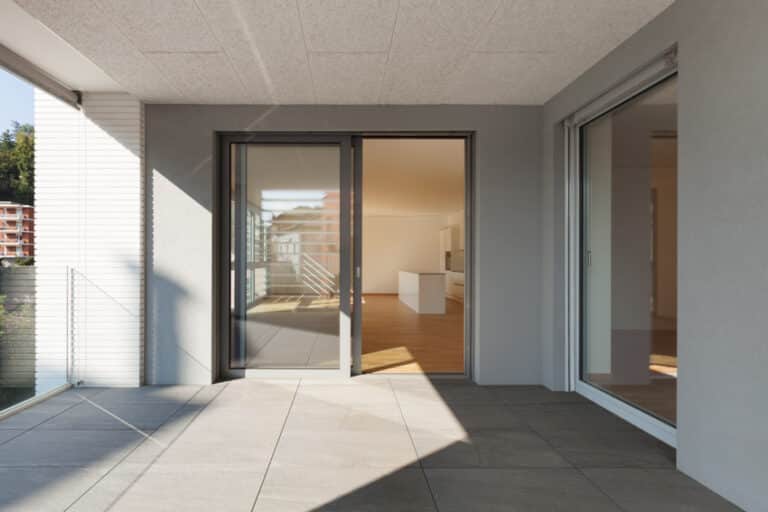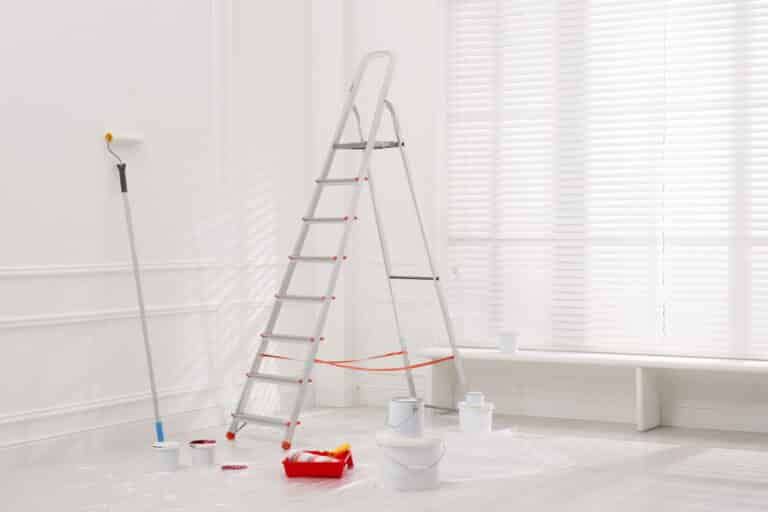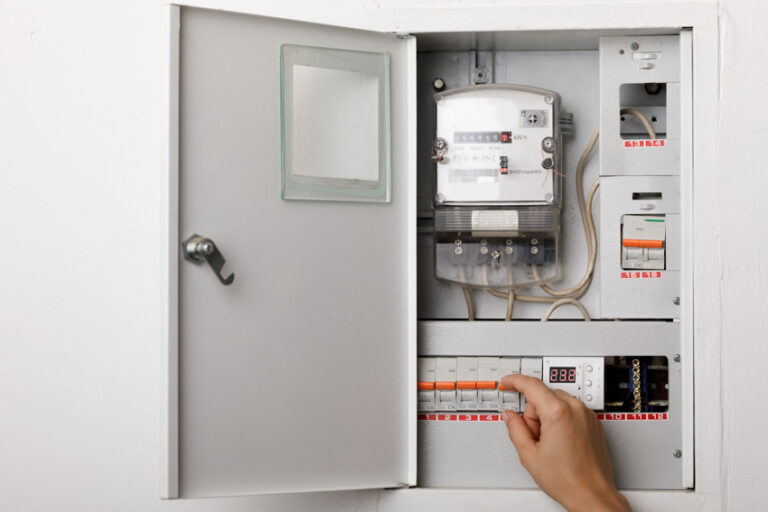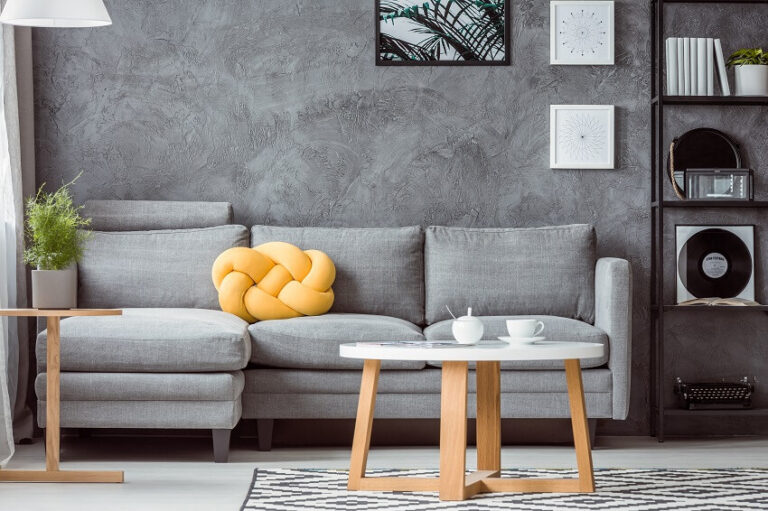Types of Window Tinting for Homes
This guide to different types of window tinting for homes includes their cost, materials, durability, window tint film options, and the best tint to use for your windows.
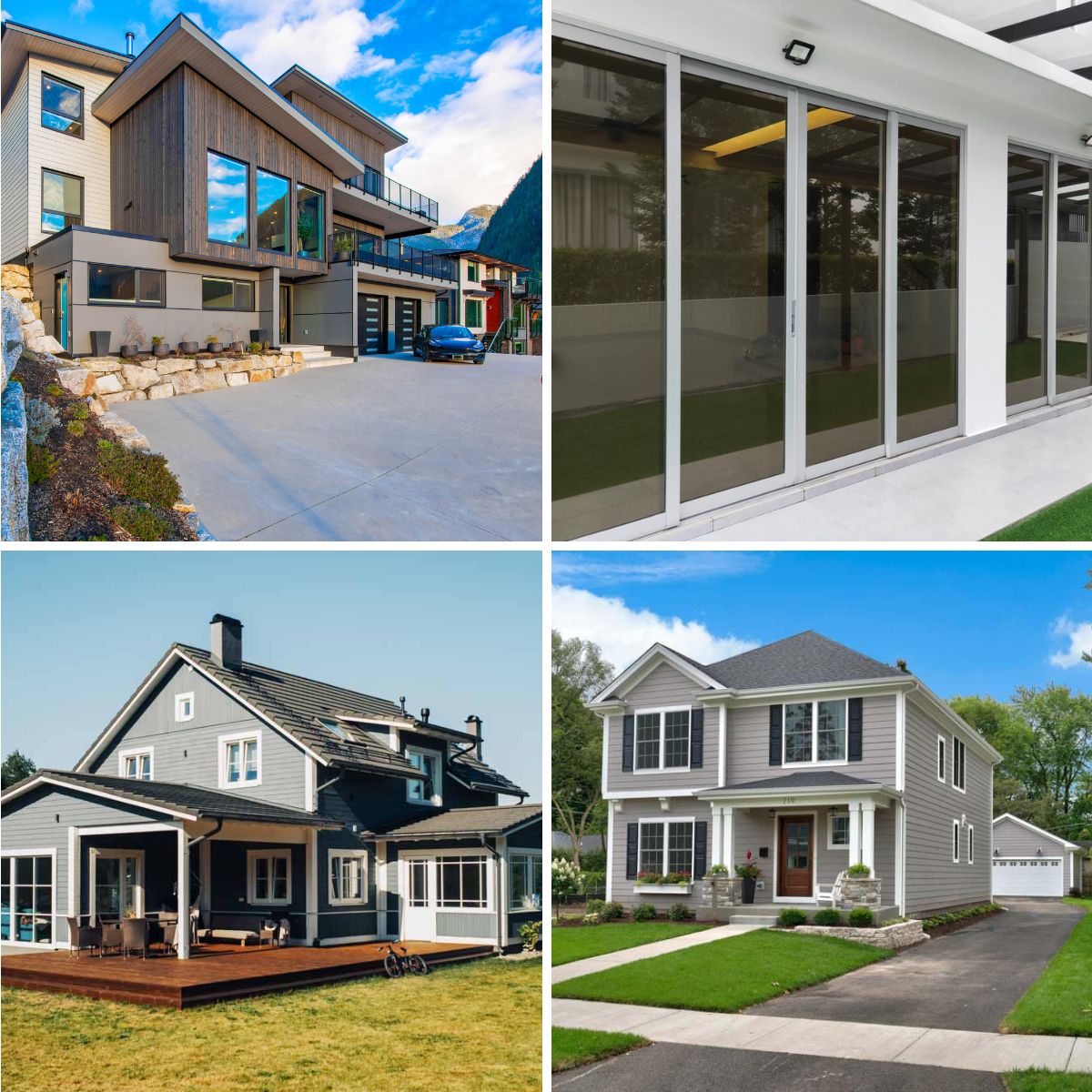
Outdoor lighting can be excessively bright at times, inducing glare on digital screens, bouncing off kitchen surfaces, or interfering with TV watching. Furthermore, you might prefer to keep certain areas of your house darkened for privacy purposes, such as street-front windows.
Luckily, there are varieties of tints for houses that are meant to darken any ultra-clear windows that have been upsetting you sometimes.
However, determining which type of casement tint to use might be difficult. There are numerous varieties of tints for homes that can improve the functionality of your windows while also changing their appeal. In this article, we will provide you with all the window tinting types you can choose from thus you can select the best one for your beloved home.
Heat Control Window Film
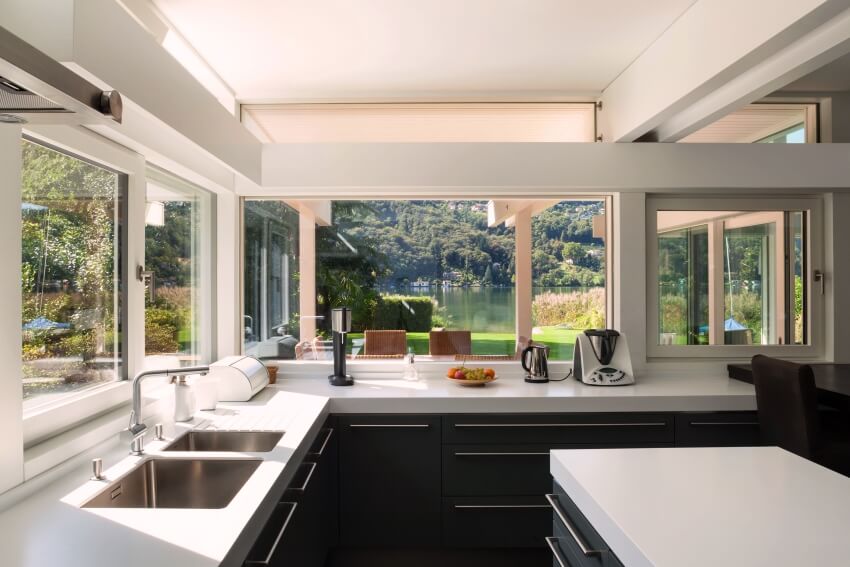
If you have windows that catch a tremendous amount of sunlight, you might have presumably observed how difficult it is to maintain adequate interior temperature.
Heat control window tint, thankfully, eliminates this problem by preventing up to 78% of the intense heat that travels through ordinary glass. This helps in keeping rooms temperate throughout the day that normally heats up during the daytime. It also minimizes your dependence on air conditioning systems and fans, allowing you to save money on electricity.
Moreover, heat control films are not as technologically complex, but they do allow you to excellently cool down hot regions, minimize glare, and safeguard your pieces of furniture from UV rays.
Aside from that, unlike blinds or curtains, they provide unobstructed vistas while letting in natural light and increasing coziness. See our guide to the types of window blinds here for more window treatment options.
Casement Insulation Film
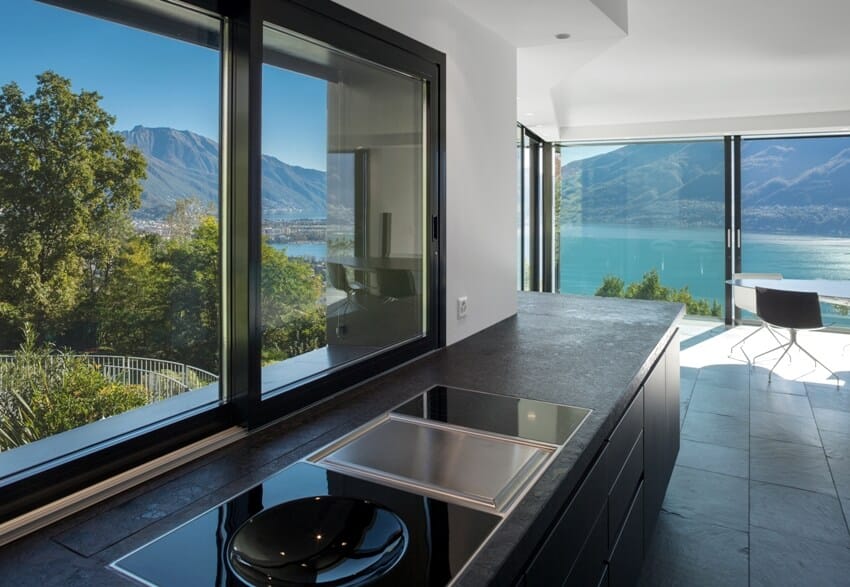
Casement insulation film is normally a plastic-based material that can be used to prevent heat transmission through glass windows. In cooler temperatures, approximately up to 30% of the energy that is used to heat your house or office can escape through the windows, particularly if you only use single-pane glass windows.
Furthermore, window insulation film delivers an extra insulating layer to your glass, trapping more warm air within and protecting against outside cold breezes.
This additional layer of weather protection can cut your monthly electricity expenditure by up to 25% while also assisting in maintaining appropriate interior temperature all year.
There are two categories under this type of pane insulation film – solar and convection control film.
Solar control film functions by bouncing infrared sun’s radiation and capturing UV solar energy. To minimize apparent light, certain films are silvered or colored. A silvered film typically absorbs 65% of optical and infrared light and about 99% of UV light. This form of insulation film adheres to the glass explicitly.
However, a convection control film is applied to the casement framing to create a layer of air between the pane as well as the film, resulting in a double-glazed arrangement with an insulating buffer of stagnant air.
The gap breadth, convection inside the chamber, and infrared heat transfer over the gap, which is essentially self-reliant on its width, are all aspects that affect the efficiency of double-glazed glass windows.
Window Reflective Tint
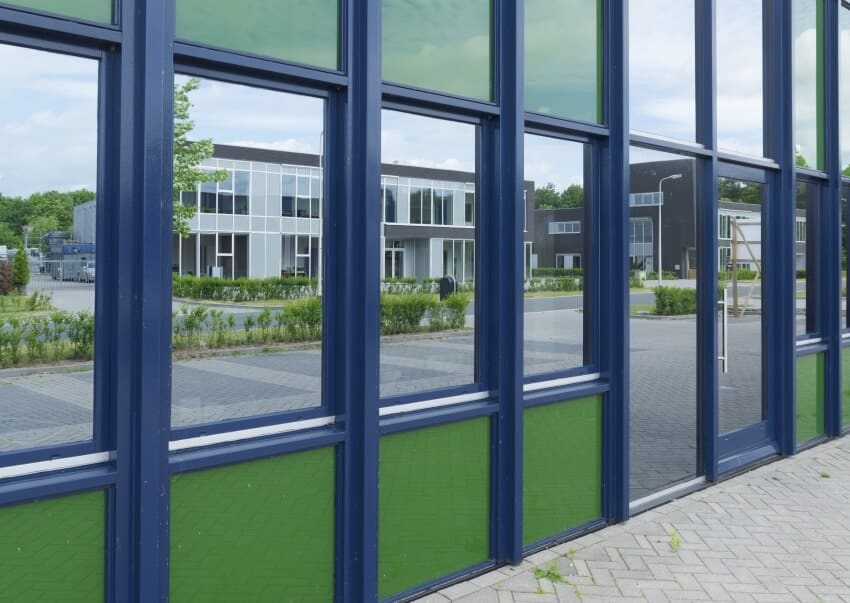
Reflective window tint is another form of window tinting that bounces light on the exterior like a mirror, hence it is also referred to as a “one-way mirror” tint.
This type of window tinting prevents outsiders from looking through your windows but allows you to see them as well as the outdoor view. That implies it will provide more seclusion while also reducing heat and light.
It is important to take note that reflective window tinting is often darker and thereby prevents more heat than regular solar film when comparing the two.
Indeed, reflective window film increases privacy while decreasing heat. Such window treatments keep more than 99% of the damaging UV rays outside, shielding your valuables from sun-fading and hazardous radiant energy.
The one disadvantage is that reflective window tint only provides seclusion during daytime since the light outdoors must be stronger than the light indoors.
Window UV Blocking Film
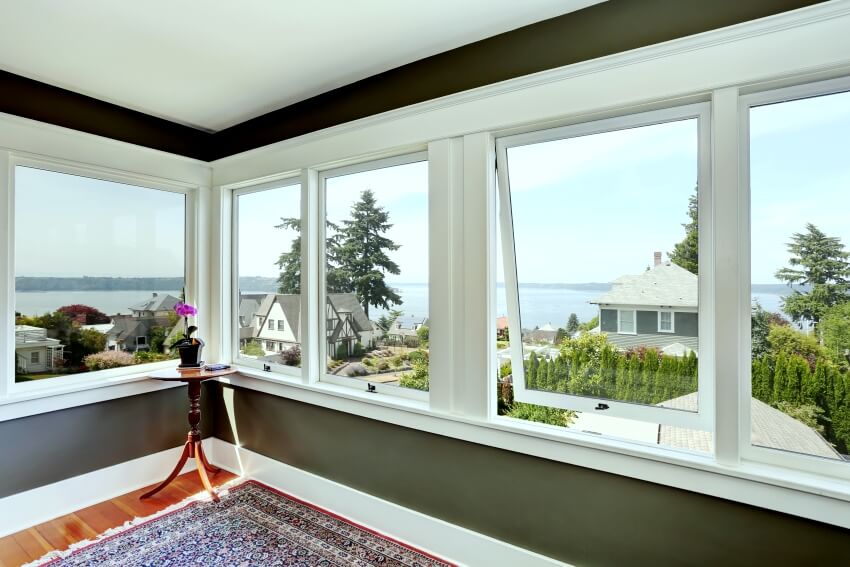
UV-blocking window films significantly increase UV protection for your home windows, filtering out 99% of the sun’s damaging UV rays. Such rays are not only detrimental to our skin, but they also induce withering in objects such as pieces of furniture, pictures, rugs, and other objects that are exposed to direct sunlight.
You can permit natural lighting into your house while shielding out dangerous and disturbing UV rays with UV-blocking window tint. Moreover, UV-blocking window film would be a great help in office workplaces where people work the whole day on monitors or in areas in your house, such as meeting rooms or entertainment spaces.
This tint helps you to study or read beside a sunny spot or concentrate on working on your computer and watching your TV screens without straining and stressing your eyes. Normally, with this window tinting, you will not have to close the blinds or curtains and stay in the darkness to view what you are attempting to focus on.
Window Security Film
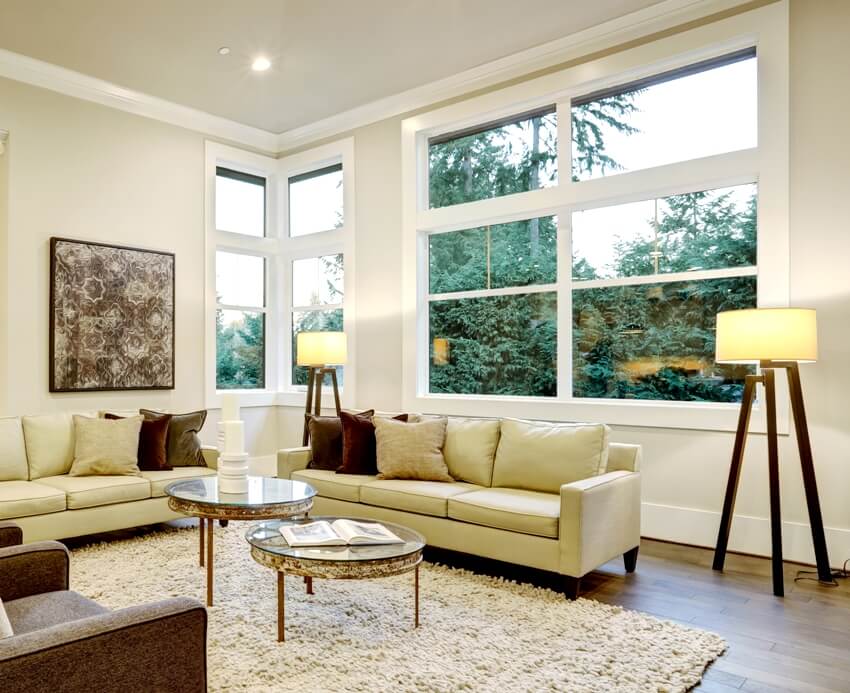
Installing a security window film would be a very wise decision as it is the thickest tinting option for preventing storm destruction and deterring attackers. Security casement film is frequently transparent and does not absorb or bounce a lot of heat.
During a hurricane, your windowpane might break, but security film lowers the damage to a huge fracture, allowing your casements to last longer. It also makes it more difficult for attackers to observe inside your property, which is vital if you have wide windows or a lot of important belongings.
Truly, security glass panel film strengthens weak entrance points to your house or company, protecting it from theft, criminals, environmental catastrophes, and other hazards.
This additional layer of security keeps the current glass intact amid implications from typical break-in equipment handled by burglars or debris thrown at the glass by a hurricane. This slows and discourages potential break-ins while also lowering the risk of flying shattered glass.
Window Decorative Film
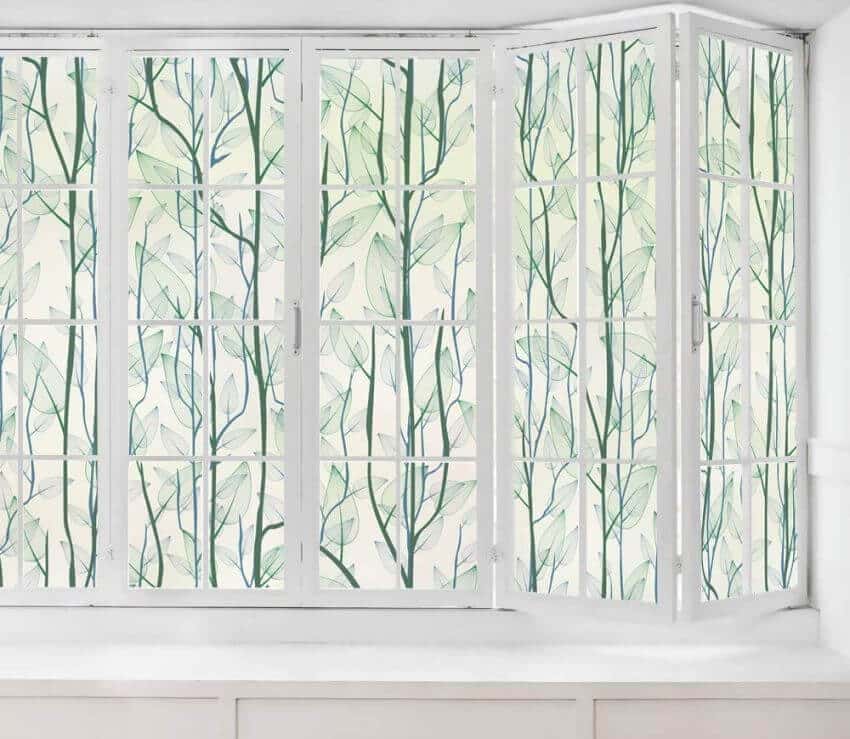
This kind of window tinting film is composed of pigments and is the least costly sort of household tinting. The color is obtained by melting and expanding the window tinting.
They do not filter UV rays or boost window strength because they are the thinnest sort of window tint, but they do provide additional seclusion. If your bathroom does not include frosted glass panels, for instance, the decorative film would be an excellent choice.
Moreover, the decorative film is available in a variety of designs, patterns, and hues, making it ideal for incorporating new design features into your house. If you are trying to add a vivid color or patterns to a window, the decorative film would be stylish, but you have to use it minimally. Otherwise, you will make your house unsightly to look at.
There are many different types of decorative casement tints to select from whenever you wish to enhance the appeal of your household or commercial glass for merely aesthetic reasons.
For example, you might utilize full-color customized imprinted opaque window treatments to add definite designs to windows such as logos or text. Alternatively, transparent or translucent printed window tints can be used to add unique decorative patterns.
Window Metalized Film
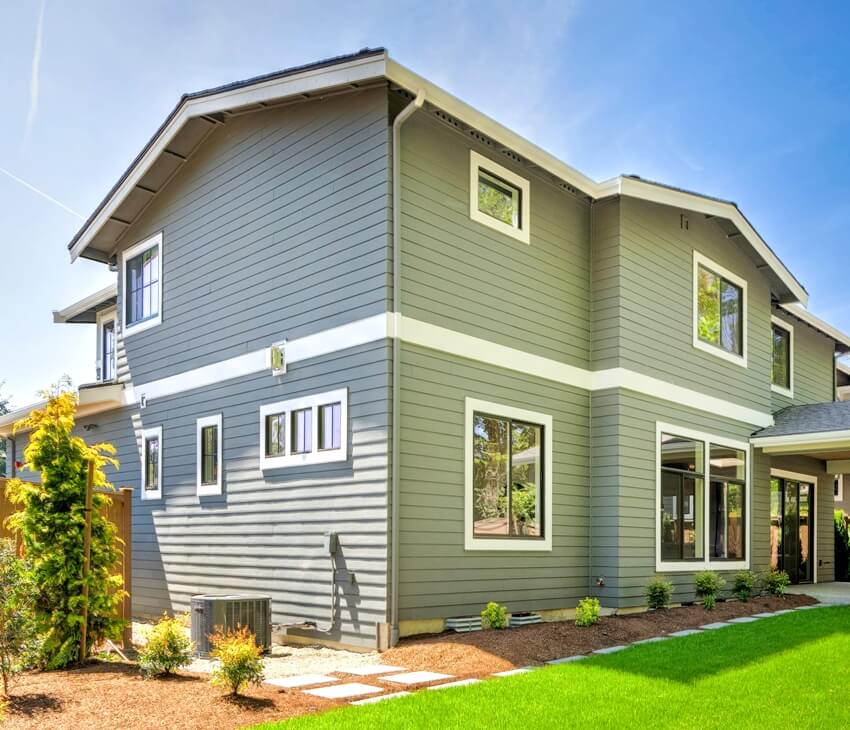
Metalized films contain metals such as copper, nickel, and aluminum that act as a protective barrier against the sun. This type of window tinting efficiently functions to deflect solar heat throughout the summertime while keeping the indoors comfortable in the wintertime. Therefore, you will save more money on your costs throughout the year.
A layered window tint is often created in the same way, by injecting certain metals that assist in minimizing heat. They are made possible by depositing techniques, which makes them more economical and widely obtainable.
Hybrid films are yet another solution. They are frequently made up of a combination of metalized as well as dyed windows. They provide a softer tint while bouncing and capturing heat, allowing you to properly regulate the overall temperature of your home once more.
Tint Materials
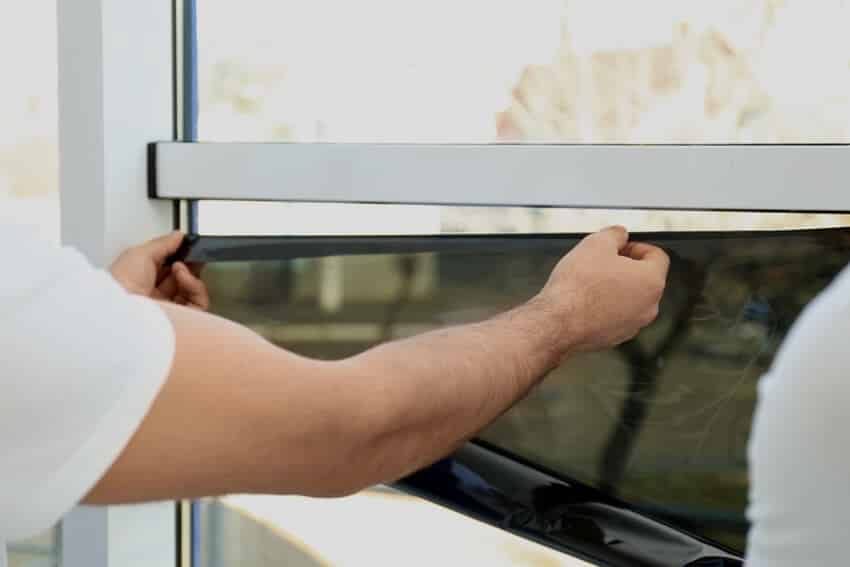
Dyed Film
When you wish to enhance seclusion or modify the aesthetic of your windows, dyed window tint is also another choice. You can, for instance, use black-tinted window tinting to create obscurity and dim your glass without entirely covering it.
You might also upgrade your windows with a dyed window film, like green, blue, purple, red, or yellow-tinted film. You can also generate sparkling and color-changing illusions with diffracted tinted window tint.
Dyed versions are typically the most cost-effective window tinting film. Dyed window tinting material decently absorbs heat and inhibits sun rays. It is an excellent alternative for individuals who simply want privacy and are not bothered with UV or infrared lighting resistance.
Carbon Tint
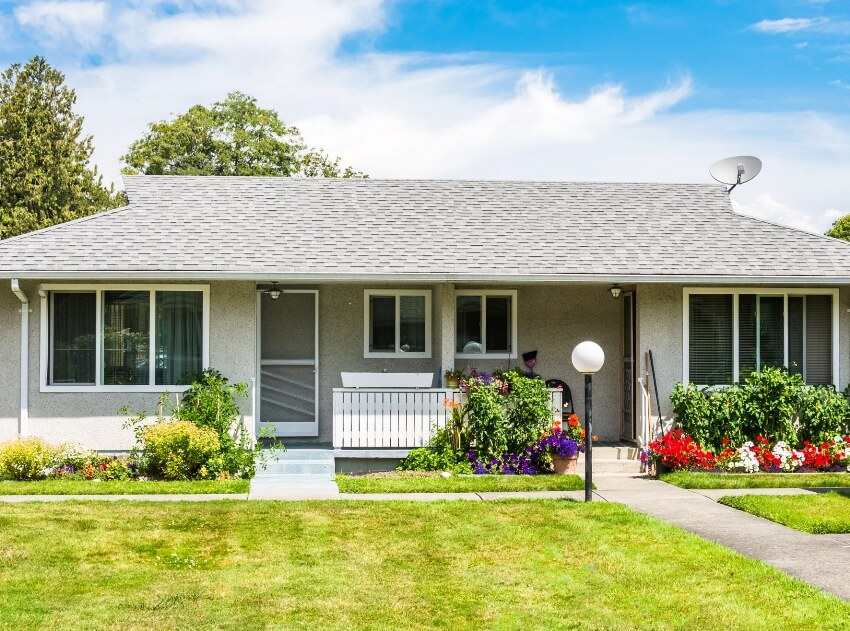
Carbon window tinting, a bigger improvement over metalized window films, incorporates carbon particles into the film. This window tinting resists more heat than metalized films, does not interfere with mobile signals, and has a distinct matte appearance.
Carbon tint, which is loaded with carbon particulates that are particularly good at shielding UV light, helps in keeping your interior space much cooler. It does not fade over time like dyed window films.
Nevertheless, due to the size of its particles, the lighting can reflect within the film. Thus, it causes glare and fog, making it difficult to view sometimes.
Ceramic Film (Non-Reflective)
Because it contains no pigments, metal, or carbon, the ceramic film is among the most pricey choices. As the name implies, it is formed of small ceramic elements, making the tint non-reflective as well as non-conductive.
This form of window tinting material is better than other tints and offers numerous advantages. Ceramic window tints, for instance, block up to 50% of ultraviolet light and up to 99 % of damaging sun rays. It is indeed long-lasting and resistant to fading and glare.
Other advantages of the non-reflective ceramic film also entail protecting your windows from robbery and hurricane damage, making them very shatter-resistant. These films also help in managing the temperature of your house.
Home Tint Options

Mirror Tint
Mirror tinting is available in either one-way or two-way versions. The one-way mirror version is ideal for the home because it allows you to receive sunlight while prohibiting others from peeking inside. This would be the greatest privacy house window tint, particularly if you have massive doors or windows that open straight into your living rooms.
A one-way mirror tint is a form of window film as well. It is a reflecting window treatment that is seamlessly placed on a glass surface. This mirror film is mirrored solely on a single side and clear on the other, comparable to a one-way mirror pane. You will not be able to look through the window contingent on which side you are standing.
One-way mirror tint, which is very comparable to a one-way mirror glass pane, necessitates one side to be much brighter than the opposite. It is a type of window tinting film that allows light in but prevents visibility from the outside.
The toughness of a one-way mirror tint is arguably its most significant advantage. It is carefully designed not to discolor, flake, or scratch. Aside from that, it is often built to last a long time, thus you should not have to change it too often. It is indeed economical, beneficial for your budget in the long term, and works well in high-traffic areas due to its longevity.
Translucent Film
Translucent window film is meant to hide the vista without obstructing the sunlight, making it ideal for providing a modern-looking privacy option. Perforated or printed designs are frequently available, with both options manufactured to your particular dimension needs, leaving you with a truly customized product made just for your household and your window as well.
In addition, translucent window tinting provides maximum seclusion in your businesses and homes while not completely shutting out ambient light. With tinting on your window glass, you will enjoy the tranquility from the inside while simultaneously avoiding exterior disturbances. Your windows will provide adequate privacy while allowing a mellow illumination to enter.
Opting for a complete translucent casement will drastically affect the aesthetic of your area, but you can always experiment with other designs to obtain a distinct appearance. Translucent window treatments for glass can be also simple to install. You do not need any significant expertise to place them in your workplace or house.
Opaque Film
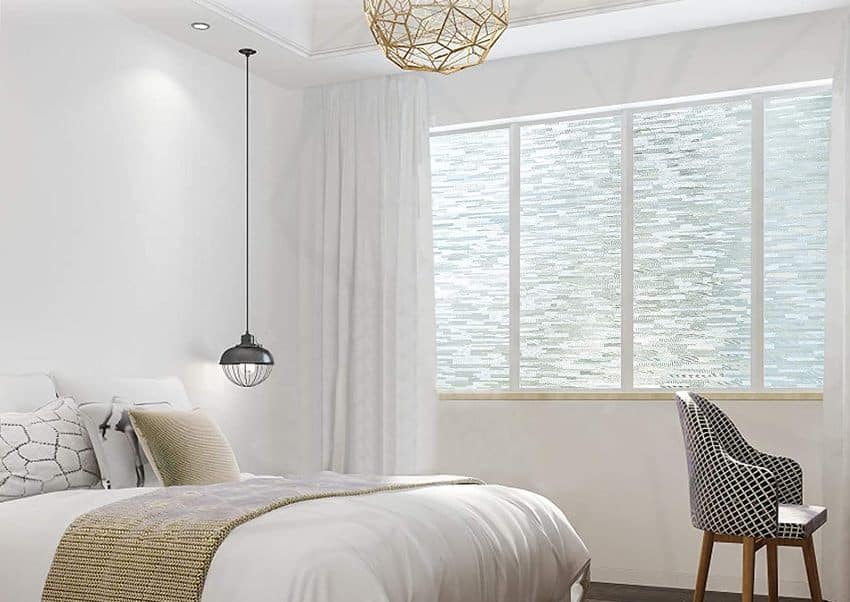
Just by placing a little layer of polyvinyl over your windows, an opaque casement film would be one of the most efficient and practical solutions to add greater privacy to your house or workplace.
You may tint the windows quickly by applying vinyl film to your current windows. Since they are simple to set up, opaque windowpane films have become widely prevalent.
This sort of film adds seclusion to an area by obscuring your view while still allowing an abundance of ambient light to penetrate. Opaque windowpane films, which come in a variety of styles, colors, and finishes, are an excellent method to offer complete seclusion to your windows.
Tint Colors
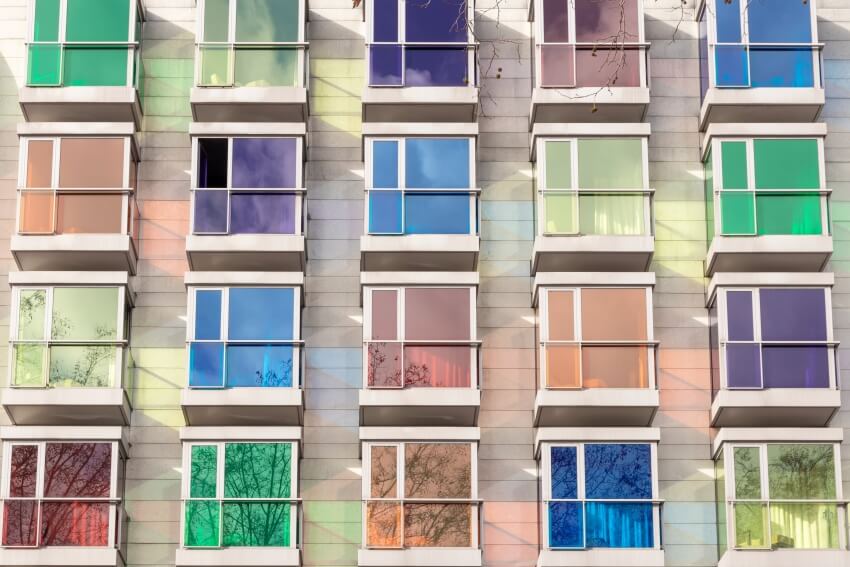
Home pane tint colors are often divided into two types: patterned colored tinting sheets and translucent or opaque colored tinting sheets. Patterned colored tints are frequently used to imitate stained glass. These patterns are frequently alluded to as stained glass.
Stained glass flowers are a popular application for patterned films. Moroccan patterns, Venetian stained glass, Persian patterns, Tuscan stained glass, and colored squares are some of the styles available. Some alternatives include creative stained glass compositions. Such beautiful windows are ideal for adding atmosphere to a home office, library, or art studio.
Stained glass designs, on the other hand, do not appeal to everybody’s aesthetic inclinations. If the thought of patterned windows does not appeal to you, think about translucent tinting sheets.
Translucent films provide a more unobtrusive appearance while still adding a splash of color to your décor. Translucent tinting sheets are available in a variety of colors including orange, blue, red, yellow, pink, green, turquoise, teal, and many more.
Frosted Film
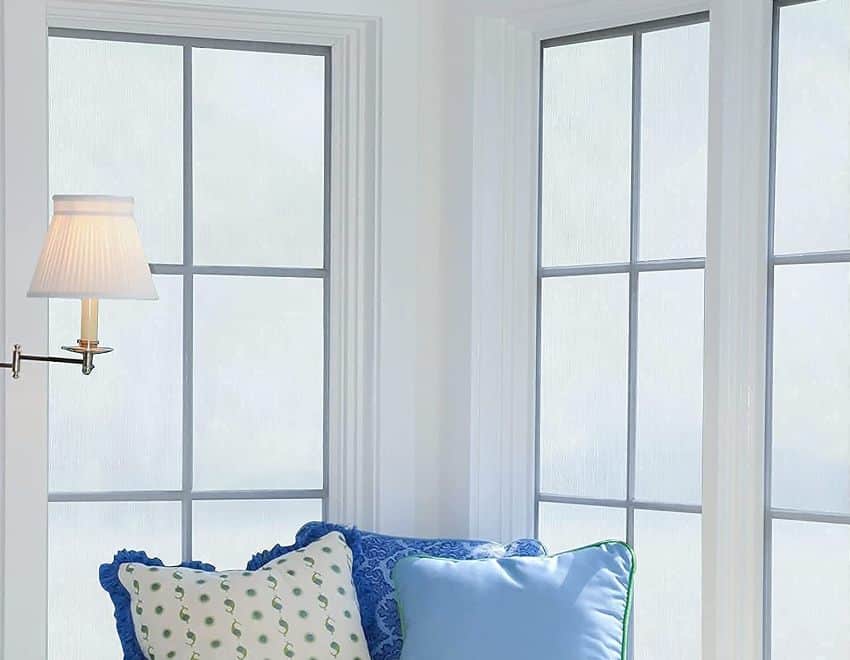
Frosted casement film is another form of casement tinting film that is applied straight to a glass panel for additional privacy or embellishment. Frosted casement film prevents visitors from peeking into or out of the area while allowing for tremendous creativity. If necessary, it can be simply removed without causing any harm to the glass layer.
One of the most significant advantages of frosted casement film is its low cost. Although it is not as sturdy as frosted glass, it is still, without a doubt, a very robust material with a lengthy life expectancy that may not have to be renewed at all contingent on the area where it is installed. Furthermore, frosted pane film can be changed if necessary, whereas frosted glass cannot.
Frosted casement film is popular in areas like the kitchen and bathroom. They permit great illumination while preventing anyone from observing outdoors or indoors.
If all you want is privacy, this would be one of the greatest options. Another major perk of frosted casement tinting film is that it allows you to be inventive with your home and provide it with a personalized appearance. Check out more window ideas in our types of windows ultimate design guide.
Tinting Cost
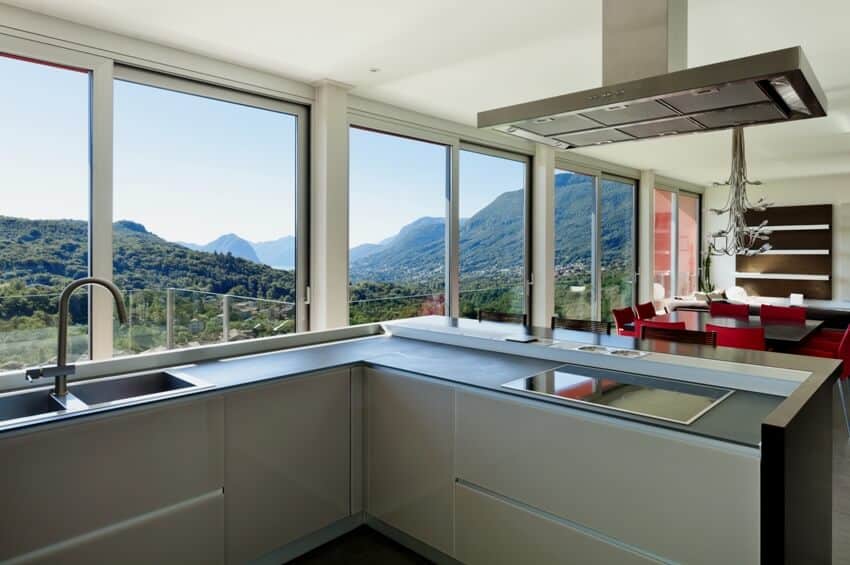
Home casement tinting costs between $320 to $910, with a worldwide average of roughly $590. The usual cost of the home casement film can range from $2 and $100 for every square foot, with installation costing an estimate of $5 to $10 for every square foot.
Several businesses tint windows in both cars and homes. However, it would be a better idea to inquire whether they have any expertise with residential casement tinting because it needs a fractionally different set of skills.
Several factors influence the cost of casement tinting. Because of differences in casement dimensions, design, and shape, costs may differ from the nationwide average.
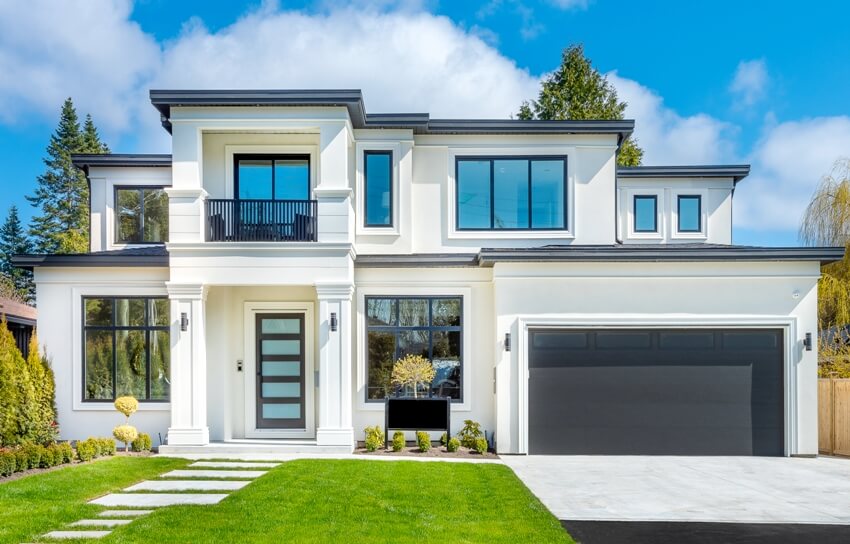
It also includes the placement of the casements, the number of skylights that have to be tinted, the quality of film used, the objective of the tint, as well as the cost of labor.
The cost of tinting two 3′ x 5′ casements goes from $210 to $720 on average. If the panes are on the floor level and conveniently reachable, the tinting cost would be generally lower.
Upper-floor casements will necessitate more tools. A casement tinting installation quotation will almost always include labor. The national rate is normally around $5 to $10 for every square foot.
Is Carbon Tint Better Than Ceramic?
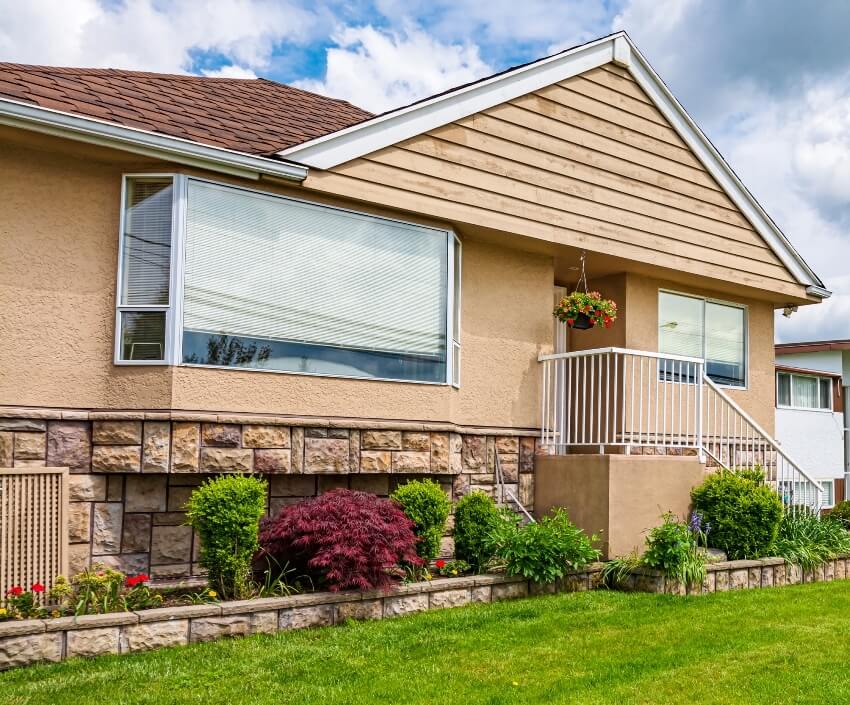
Not all the time. Arguably, ceramic tint would be the better option when it comes to longevity, durability, as well as overall quality. However, this does not imply that it is what you need for your beloved home, particularly if your finances are limited.
Although clear ceramics are considered transparent, they may have slightly more distortion and tint than some other glazing products. Clear ceramics can also be installed as insulated glass units (IGUs). – The Codes Guidebook for Interiors, Katherine E. Kennon, Sharon K. Harmon
Even though ceramic is superior in quality to carbon, numerous clients, especially those who only wish to permanently tint their skylights, do not actually need the level of protection that it provides, which is its shatterproof functionality. Ceramic films for windows, on the other hand, are worth the money for industrial or office buildings located in a less safe location.
Therefore, carbon and ceramic are both excellent choices in terms of privacy purposes. Nevertheless, if you want increased safety, protection, and shatterproof features and are willing to spend a greater price, choose ceramic.
How Long Does House Tint Last?

Casement tinting can last ranging from 1 to 10 years. This large array of longevity is determined by the manufacturer and product quality you choose, the strength of the setup, and how thoroughly it is maintained.
The more affordable casement film choices have a lifespan of 1 to 5 years only. This category typically includes colored and metalized types of window films.
Best Tint for Home
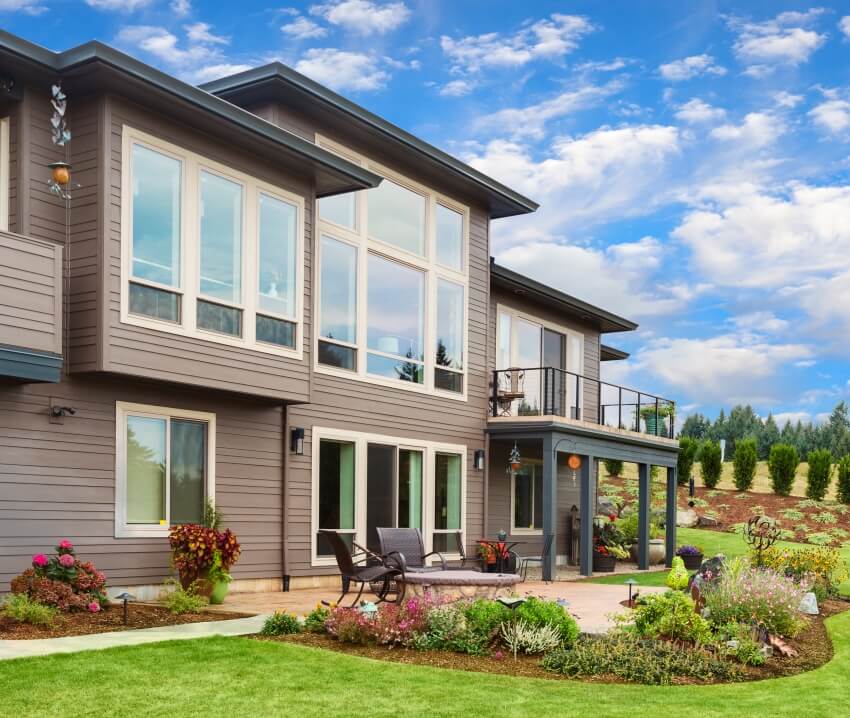
Heat-blocking casement film is undoubtedly the best window tint for home. This pane film will prevent a large quantity of infrared light from entering your home, ensuring that your home maintains heat, particularly during the wintertime.
Moreover, it has a VLT (Visual Light Transmission) of about 25%, thus your home or workplace will remain darkened. It will also provide you with some privacy and prevent everyone outside from peering in.
From the outside, they will appear to be gazing in a mirror. Plus, it massively reduces the number of UV rays that enter your space. This can be beneficial if you have a skin disorder. It also assists in extending the life of your furniture by preventing fading.
Hence, overall, this type of casement tinting would be the best option you can install for your home.
See our guide to tinted house windows pros and cons for more buying considerations.

